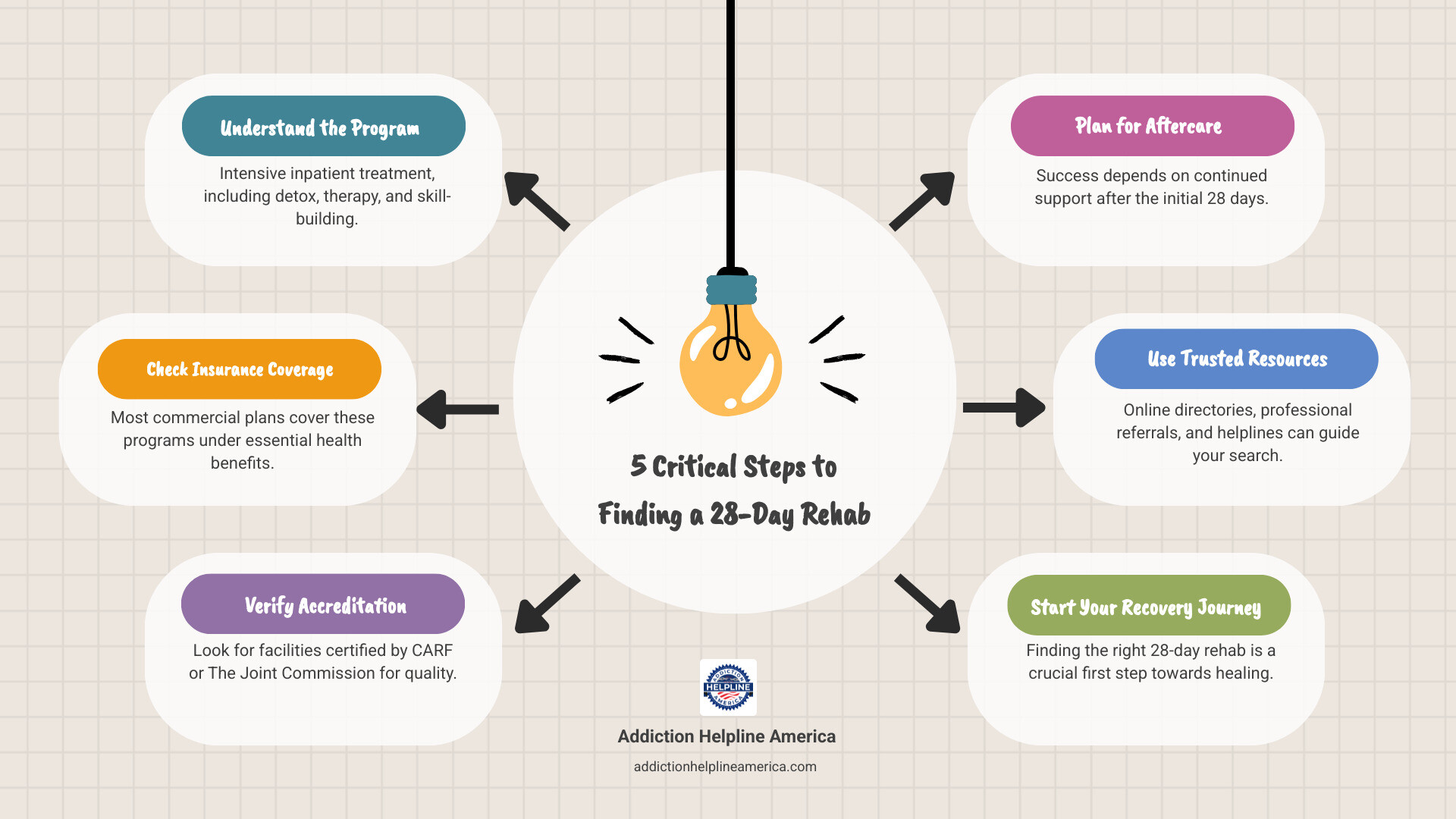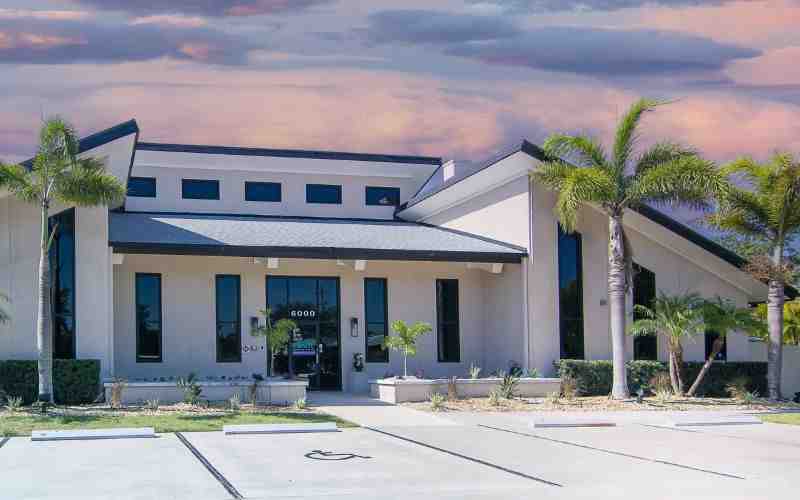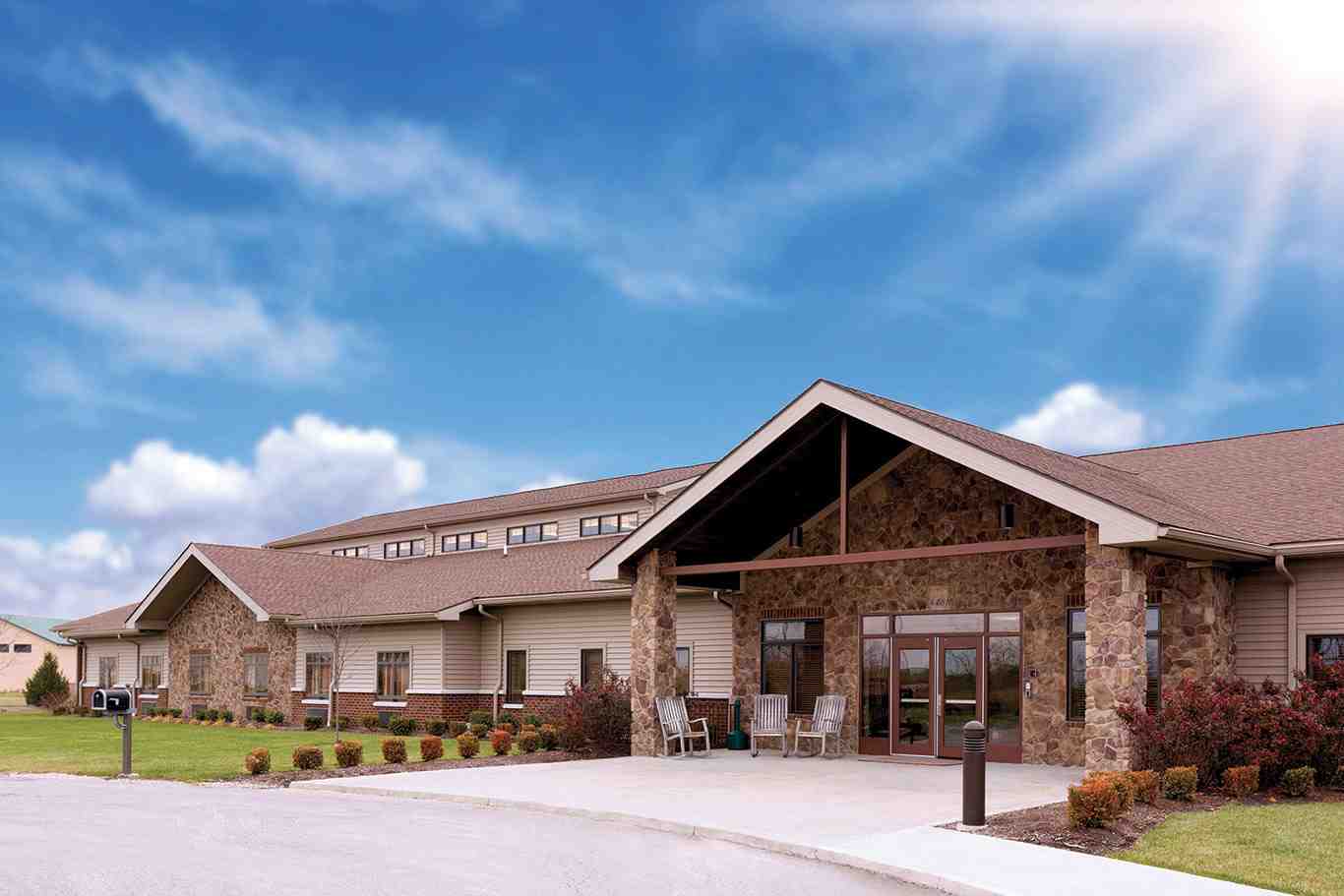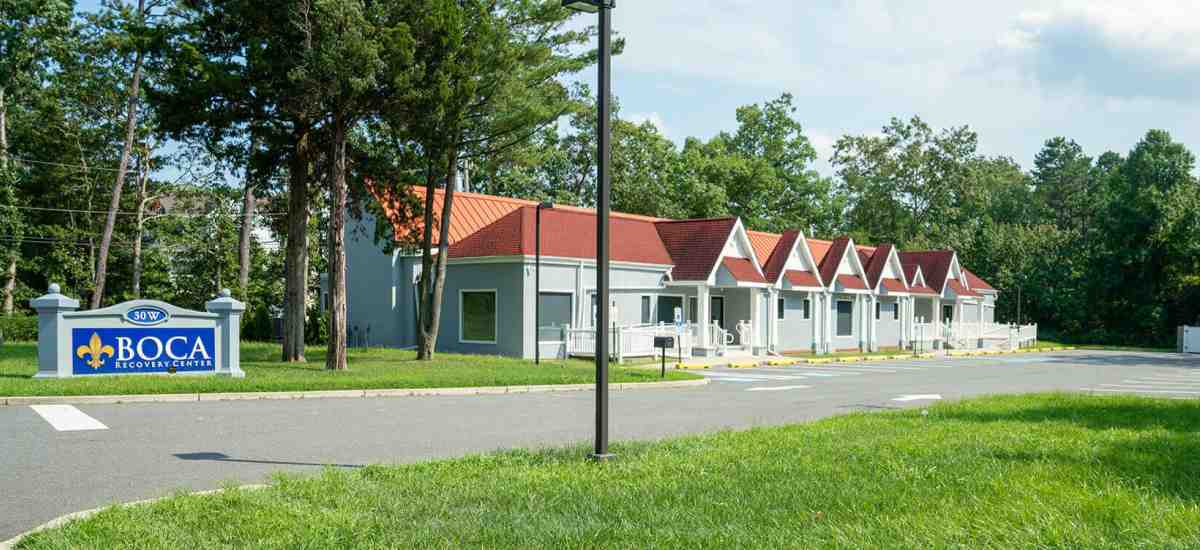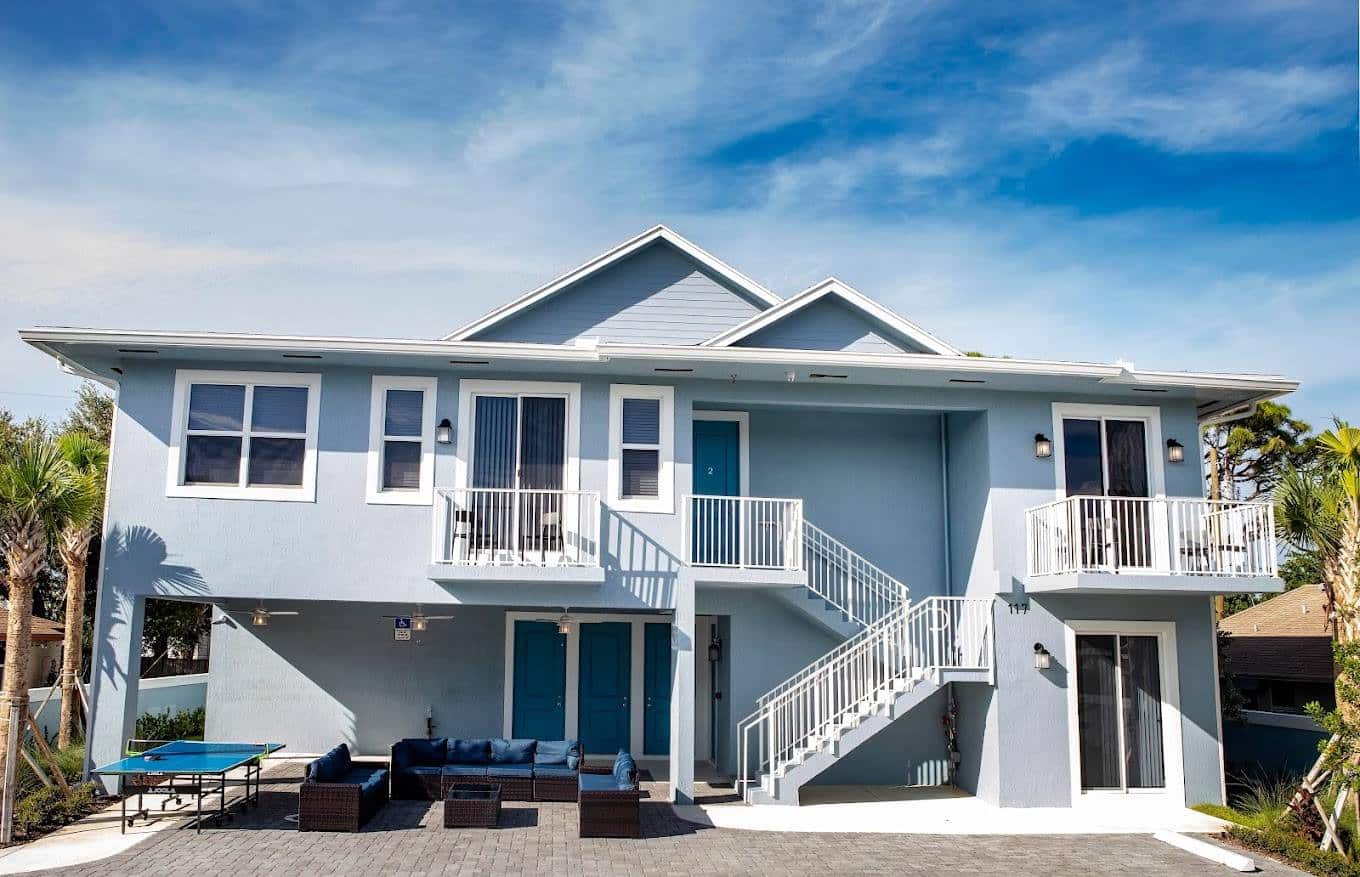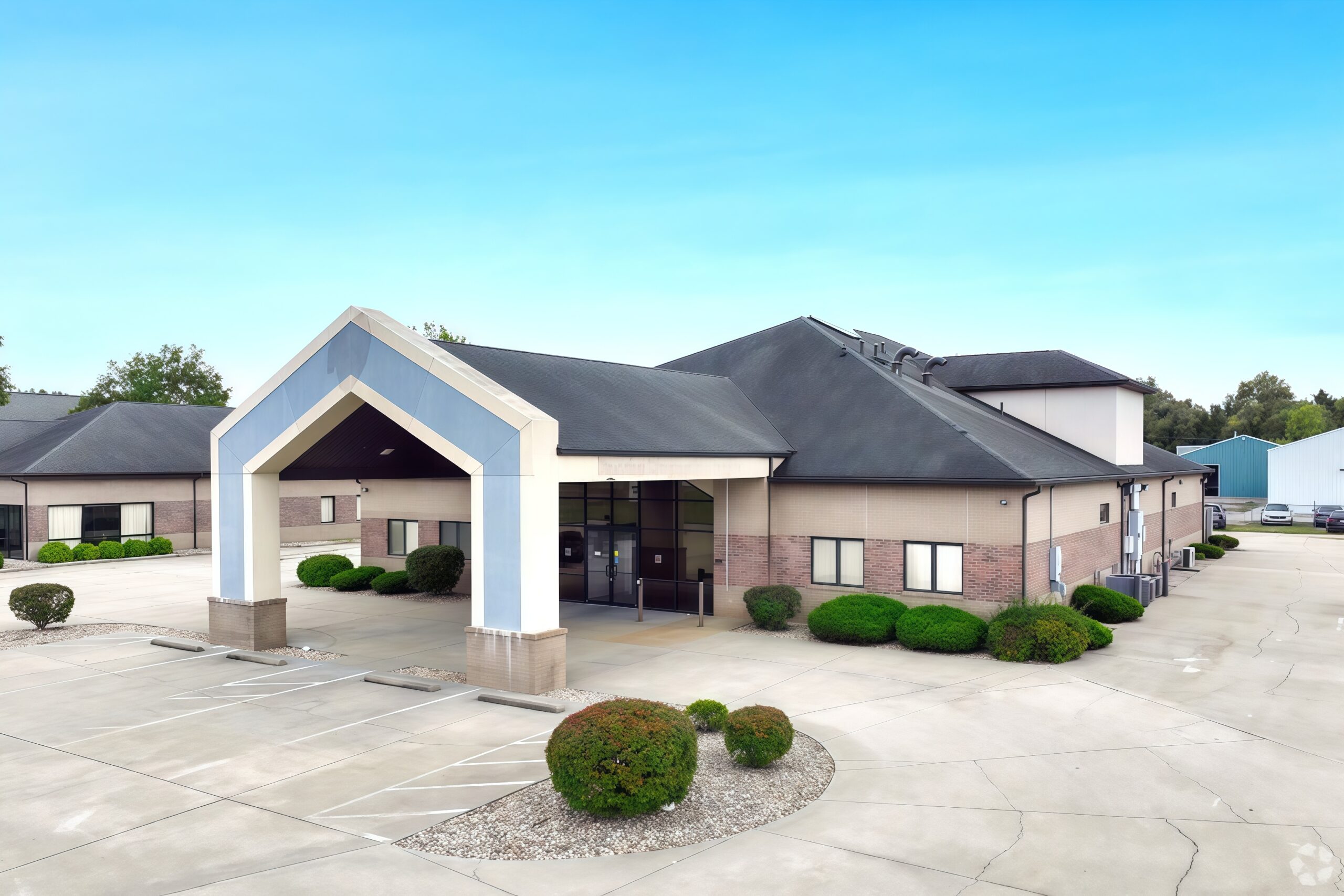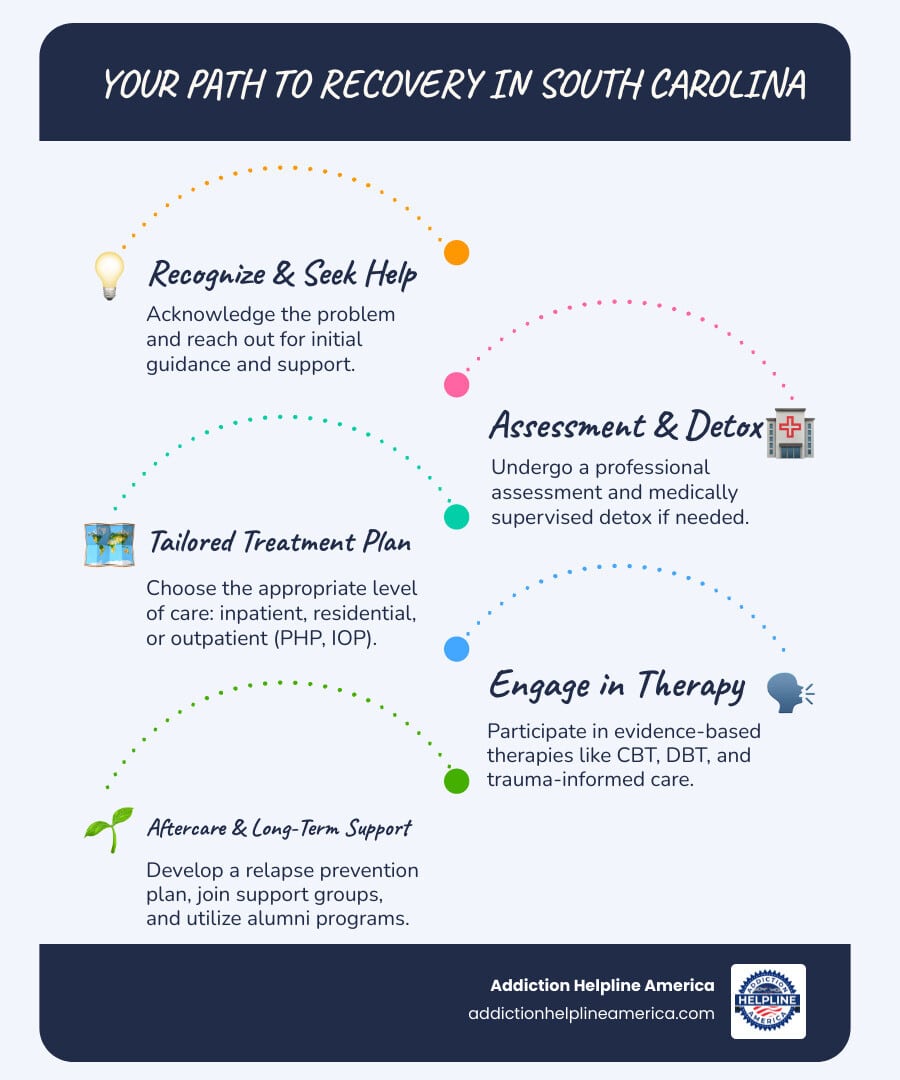
Why Finding the Right 28 Day Rehab Near You Matters
28 day rehabs near me offer a structured, short-term path to recovery for individuals struggling with substance use disorders. If you’re searching for immediate help, here’s what you need to know:
Quick Answer: Finding a 28-Day Rehab Near You
- Understand the program: 28-day rehabs provide intensive inpatient treatment, including detox, therapy, and skill-building
- Check insurance coverage: Most commercial plans cover these programs under essential health benefits
- Verify accreditation: Look for facilities certified by CARF or The Joint Commission
- Plan for aftercare: Success depends on continued support after the initial 28 days
- Use trusted resources: Online directories, professional referrals, and helplines can guide your search
When people look for addiction treatment, they often feel overwhelmed by the options available. The 28-day rehab model emerged in the 1970s and became the standard largely because insurance companies agreed to cover this specific duration. While the scientific evidence suggests that treatment lasting 90 days or longer produces better outcomes, a 28-day program can serve as a crucial first step—especially for those hesitant about long-term commitments.
These programs typically combine medically supervised detoxification with intensive therapy, including individual counseling, group sessions, and evidence-based treatments like Cognitive Behavioral Therapy (CBT). Research shows that 40-60% of people who complete treatment maintain sobriety afterward, particularly when they engage in continuing care and support.
The decision to seek help is never easy. Whether you’re struggling yourself or watching a loved one battle addiction, finding the right treatment center can feel like navigating a maze. Cost concerns, insurance questions, and uncertainty about what “good care” looks like add to the stress.
At Addiction Helpline America, we’ve spent years connecting individuals and families with quality 28 day rehabs near me and other treatment options across the country, providing confidential guidance to help you make informed decisions about your recovery journey. This guide breaks down the critical steps to finding a program that fits your needs, budget, and goals.
Must-know 28 day rehabs near me terms:
Step 1: Understand What a 28-Day Rehab Program Entails
When you’re searching for “28 day rehabs near me,” you’re looking at something specific: short-term, intensive inpatient treatment that pulls you out of your everyday environment and into a structured space designed entirely around healing.
Think of it as hitting pause on life—but in the best possible way. For approximately one month, you’ll live at the treatment facility, surrounded by professionals who understand addiction and peers who are walking the same difficult path. This is residential care at its core: 24/7 support, supervision, and a carefully planned daily routine that replaces the chaos of active addiction with structure, therapy, and hope.
Your days in a 28-day program won’t be spent staring at walls or counting hours. Instead, you’ll move through a tightly scheduled mix of individual therapy sessions, group counseling, educational workshops, and even recreational activities. Everything is intentionally designed to help you understand the roots of your addiction and build the skills you need to stay sober.
Now, here’s something interesting about that 28-day timeframe. It didn’t come from some groundbreaking scientific study that determined exactly four weeks was the magic number for recovery. The history actually traces back to the 1970s, when recovery programs in the military started using this model. It spread to civilian treatment centers, partly thanks to something called the Minnesota Model—a holistic approach combining therapy, education, and peer support.
But the real reason 28 days became the standard? Insurance companies. They agreed to cover roughly 30 days of treatment, and the industry adapted accordingly. While this created access for millions of people, it also created what some experts call the 28-day rehab “myth”—the idea that one month fits everyone’s needs equally well. The truth is more nuanced, which we’ll explore throughout this guide.
What Happens First: Medical Detox
Before you can dive into therapy and start doing the deeper work of recovery, your body needs to safely process and eliminate the substances you’ve been using. This is where medical detox comes in, and it’s absolutely critical—especially if you’ve been using alcohol, benzodiazepines, or opioids.
Withdrawal from these substances isn’t just uncomfortable. It can be dangerous, even life-threatening if not properly managed. That’s why medically supervised detox is the first step in most 28 day rehab programs.
During detox, a team of doctors, nurses, and other healthcare professionals monitors you around the clock. They’ll track your vital signs, manage withdrawal symptoms with appropriate medications, and make sure you’re as safe and comfortable as possible. Some withdrawal symptoms—like seizures from alcohol or benzodiazepine withdrawal—require immediate medical intervention. Having professionals present means you’re protected.
The detox phase typically lasts between three and seven days, though it can stretch longer depending on what substance you were using and how severe your dependence became. The goal isn’t just to get you through withdrawal—it’s to prepare you, both physically and mentally, for the therapeutic work ahead.
Here’s the important part to understand: detox alone isn’t treatment. It addresses the physical dependence your body has developed, but addiction is so much more than physical. The psychological patterns, the emotional triggers, the behaviors you’ve built around substance use—those all require therapy and support to change.
That’s why the transition from detox to the therapeutic portion of your 28-day program is so carefully managed. Once you’re medically stable and the acute withdrawal symptoms have subsided, you’ll move into intensive therapy. This seamless progression from physical stabilization to psychological healing creates the foundation you need for long-term sobriety.
Step 2: Evaluate the Benefits, Services, and Success Rates
When you’re considering a 28 day rehab near me, it helps to understand both what these programs can realistically accomplish and what happens during your time there. Let’s be honest—a month might not sound like much time to overcome an addiction you’ve struggled with for months or years. But for many people, it’s exactly the right starting point.
One of the biggest advantages of a 28-day program is that it feels manageable. When you’re standing at the threshold of recovery, the idea of committing to several months away from home can feel overwhelming—even impossible. A four-week commitment is less intimidating, which means more people actually take that crucial first step. These programs deliver focused, intensive treatment in a structured environment where you’re removed from the triggers and stresses that fuel addiction.
The cost factor matters too. While we’ll dive deeper into expenses in the next section, shorter programs generally cost less upfront than longer stays, making treatment accessible to more people who need it.
Now, here’s where we need to talk about what the research actually shows. The National Institute on Drug Abuse (NIDA) has found that treatment lasting less than 90 days is of “limited effectiveness,” and they recommend significantly longer programs for the best outcomes. Studies like the DARP project have demonstrated that favorable results improve in direct proportion to time spent in treatment beyond 90 days.
But here’s the thing: 40-60% of people who complete treatment stay sober afterward, and the majority improve their ability to function in daily life. That’s not a small number. The key is viewing a 28 day rehab near me as a foundation rather than a complete solution. Think of it as the intensive beginning of your recovery journey, not the end. The real magic happens when you pair those initial 28 days with solid aftercare planning and ongoing support.
What makes the difference between success and struggle? It’s usually what happens after you leave the facility. The people who maintain their sobriety are typically those who continue with therapy, attend support groups, and stay connected to the recovery community they started building during their inpatient stay.
Typical Therapies and Services
A quality 28 day rehab near me doesn’t just keep you away from substances for a month—it equips you with tools, insights, and strategies you’ll use for years to come. Through counseling sessions, group therapy, and other treatment services, you’ll learn how to cope with difficult emotions without turning to drugs or alcohol. You’ll understand how addiction works in your brain and life, and you’ll identify your personal triggers so you can avoid or manage them in the future.
Most comprehensive programs weave together several evidence-based approaches. Individual therapy gives you a safe, confidential space to work one-on-one with a counselor, exploring the root causes of your addiction and developing personalized coping strategies. These sessions often become the emotional anchor of your treatment.
Group therapy might feel uncomfortable at first, but most people find it incredibly powerful. There’s something profound about sitting in a circle with others who truly understand what you’re going through—no judgment, no explanations needed. You’ll share experiences, learn from each other’s struggles and victories, and practice new social skills in a supportive environment.
When appropriate, family counseling brings your loved ones into the healing process. Addiction doesn’t just affect the person using substances—it ripples through entire families. These sessions help repair damaged relationships, improve communication, and teach family members how to support your recovery without enabling old patterns.
Cognitive-Behavioral Therapy (CBT) is one of the most widely used and effective approaches for addiction. It helps you identify the problematic thought patterns that lead to substance use and teaches you how to interrupt and change them. You’ll learn practical skills for managing cravings and handling high-risk situations.
For people dealing with both addiction and mental health conditions like depression, anxiety, or PTSD, Dialectical Behavior Therapy (DBT) can be transformative. DBT focuses on four key areas: managing intense emotions, tolerating distress without self-destructive behaviors, improving relationships, and practicing mindfulness.
Medication-Assisted Treatment (MAT) combines behavioral therapies with FDA-approved medications. For opioid and alcohol addiction especially, medications like buprenorphine, naltrexone, or methadone can significantly reduce cravings and prevent relapse. Despite some outdated stigma, MAT is evidence-based medicine that can make the difference between struggling and thriving.
Many programs also incorporate holistic therapies—things like yoga, meditation, art therapy, music therapy, or even equine therapy. While these shouldn’t replace evidence-based treatments, they can reduce stress, help you reconnect with your body, and find new ways to experience joy without substances.
Alternatives to 28-Day Programs
We believe in being upfront with you: a 28-day program is a solid starting point, but it’s not the only option, and it’s not right for everyone. Recovery isn’t one-size-fits-all, and different people need different levels of care. Here’s how the most common treatment options compare:
| Program Type | Typical Duration | Focus | Best Suited For |
|---|---|---|---|
| 28-Day Inpatient | 28-30 days | Intensive detox and initial therapy; building foundation | First-time treatment seekers; those needing structure; moderate addiction severity |
| 60-Day Inpatient | 60 days | Deeper therapeutic work; stronger skill development | Those with previous relapses; moderate to severe addiction; co-occurring disorders |
| 90-Day Inpatient | 90+ days | Comprehensive treatment; lifestyle changes; relapse prevention | Severe addiction; multiple relapses; need for extended stability; complex trauma |
| Outpatient Programs | Varies (weeks to months) | Flexibility; maintain work/family responsibilities | Mild to moderate addiction; strong home support system; completed inpatient care |
If you’re uncertain which path is right for you, that’s completely normal. At Addiction Helpline America, we help people steer these decisions every day, taking into account your unique situation, substance use history, family obligations, and financial considerations. Sometimes the best program is simply the one you’re willing to start—and you can always extend or transition to different levels of care as needed.
For more information on longer-term options, check out our guide on long term inpatient treatment programs.
Our helpline is 100%
free & confidential
If you or someone you care about is struggling with drug or alcohol addiction, we can help you explore your recovery options. Don’t face this challenge alone—seek support from us.
Programs
Resources
Will my insurance
cover addiction
treatment?
We're ready to help
Find the best
drug or alcohol treatment
center
Are you or a loved one struggling with addiction? Call today to speak to a treatment expert.

